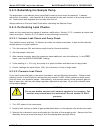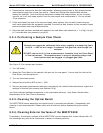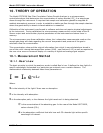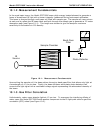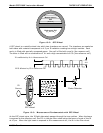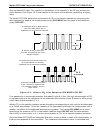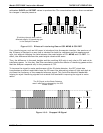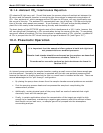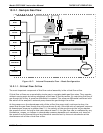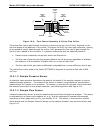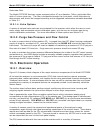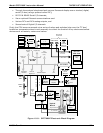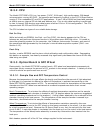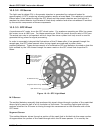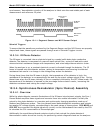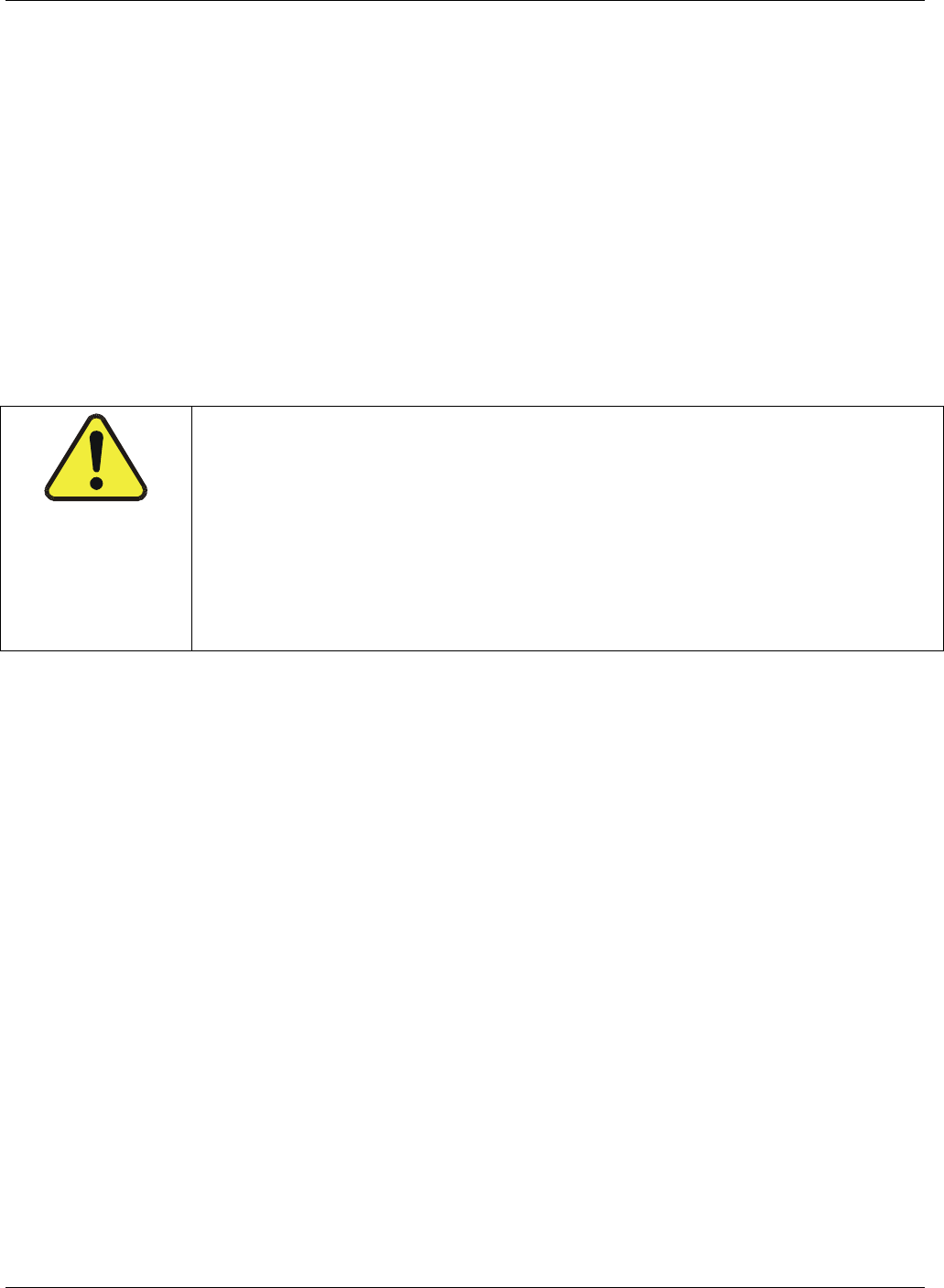
Model GFC7000E Instruction Manual THEORY OF OPERATION
04584 Rev A1 158
10.1.4. Ambient CO
2
Interference Rejection
CO
2
absorbs IR light very well. So well that even the narrow volume of ambient air between the
IR source and the sample chamber is enough to alter the analyzer’s measured concentration of
CO
2
. Also, ambient air, which averages around 350 ppm to 400 ppm, will vary significantly over
the course of the day. The ambient CO
2
concentration can rise as high as 1 000 ppm during the
time of the day when people are present. It can fluctuate ± 300 ppm as the photosynthesis of
plant life in the nearby area increases during the day and decreases at night.
The basic design of the GFC7000E rejects most of this interference at a 100:1 ratio, however this
still can allow small fluctuations in CO
2
concentration during the course of the day. To completely
remove all effects of ambient CO
2
from the analyzer’s measurement of CO
2
, dried air, scrubbed of
all CO
2
is pumped into the GFC wheel housing to purge all ambient CO
2
(see Figure 10-7)
10.2. Pneumatic Operation
Caution
It is important that the sample airflow system is both leak tight and
not pressurized over ambient pressure.
Regular leak checks should be performed on the analyzer as described
in the maintenance schedule, Table 9-1.
Procedures for correctly performing leak checks can be found in
Section 9.3.3.
An internal pump evacuates the sample chamber creating a small vacuum that draws sample gas
into the analyzer. Normally the analyzer is operated with its inlet near ambient pressure either
because the sample is directly drawn at the inlet or a small vent is installed at the inlet. There are
several advantages to this “pull through” configuration.
• By placing the pump down stream from the sample chamber several problems are avoided.
• First the pumping process heats and compresses the sample air complicating the
measurement process.
• Additionally, certain physical parts of the pump itself are made of materials that might
chemically react with the sample gas.
• Finally, in certain applications where the concentration of the target gas might be high
enough to be hazardous, maintaining a negative gas pressure relative to ambient means
that should a minor leak occur, no sample gas will be pumped into the atmosphere
surrounding analyzer.



